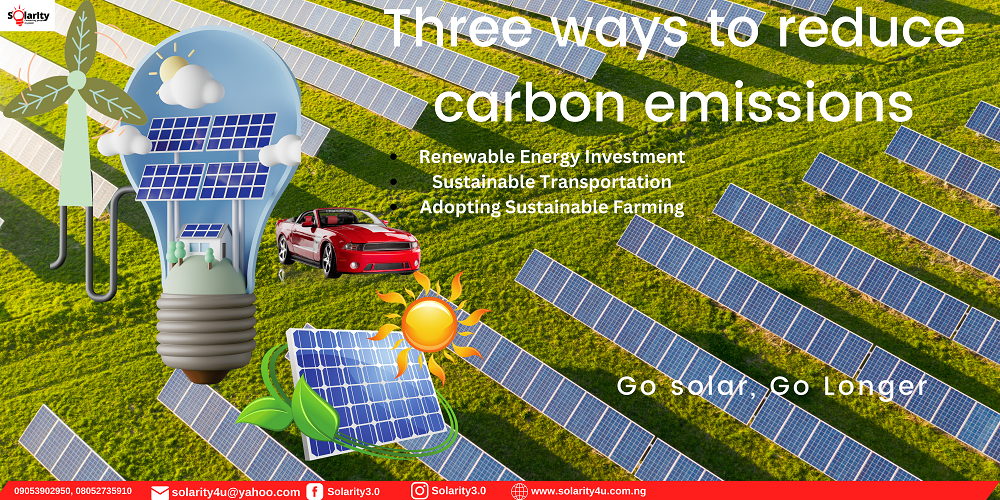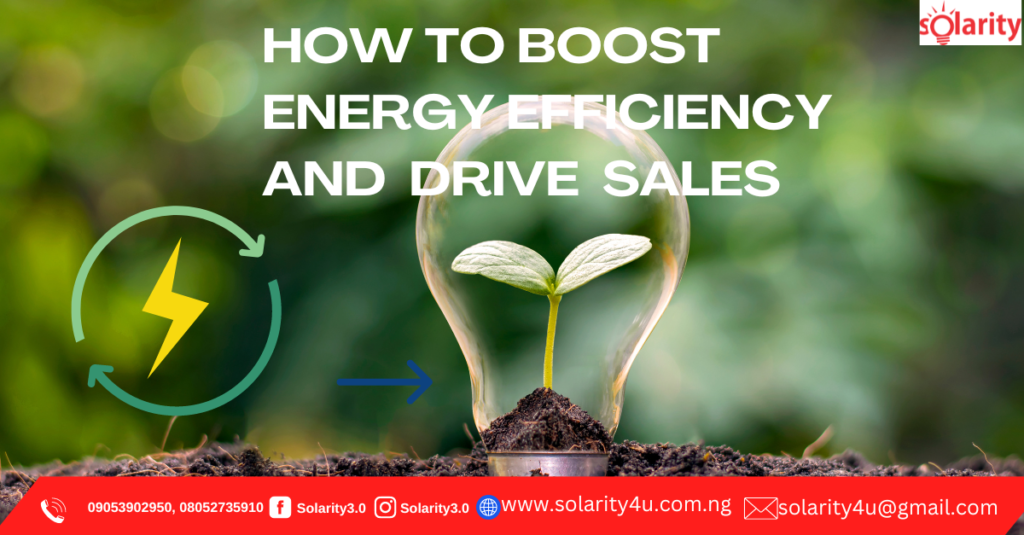
Carbon emissions are a major contributor to climate change, and reducing them is critical to safeguarding our planet. In this article, we’ll explore some effective strategies for reducing carbon emissions and creating a more sustainable future.

Let’s start with renewable energy. One of the most effective ways to reduce carbon emissions is to shift away from fossil fuels and towards renewable energy sources like wind, solar, and hydro. These sources of energy emit little to no carbon dioxide, and can power homes, businesses, and even entire cities. By investing in renewable energy infrastructure, we can reduce our reliance on fossil fuels and move towards a cleaner, more sustainable future
Another strategy for reducing carbon emissions is to promote sustainable transportation. Transportation is a major contributor to carbon emissions, and promoting alternatives like biking, walking, and public transportation can help to reduce those emissions. Additionally, electric vehicles are becoming more widely available, and can be charged with renewable energy sources to further reduce carbon emissions.
Urban planning and design also play a role in reducing carbon emissions. By creating more walkable, bikeable, and green cities, we can reduce the need for cars and trucks, and promote a healthier and more sustainable lifestyle. This can include strategies like building more parks and green spaces, improving public transportation networks, and creating bike lanes and pedestrian-friendly streets.
Agriculture is another area where we can reduce carbon emissions. By adopting sustainable farming practices like crop rotation, reducing the use of fertilizers and pesticides, and planting cover crops, we can help to sequester carbon in the soil and reduce emissions from the agricultural sector. Additionally, promoting plant-based diets can reduce the demand for meat, which has a higher carbon footprint than plant-based foods.

Finally, improving energy efficiency in buildings can also help to reduce carbon emissions. This can include strategies like installing insulation, upgrading heating and cooling systems, and using energy-efficient appliances and lighting. By reducing energy consumption in buildings, we can lower our carbon footprint and save money on energy bills.

There are many strategies we can use to reduce carbon emissions and create a more sustainable future. By investing in renewable energy, promoting sustainable transportation, designing green cities, adopting sustainable agriculture practices, and improving energy efficiency in buildings, we can make a real difference. By working together, we can create a cleaner, healthier, and more sustainable world for future generations.
The future of battery inverters technology
Battery inverter technology is likely to continue evolving in several directions to meet the growing demand for energy storage solutions and to enhance their efficiency, reliability, and flexibility. Here are some potential developments: Higher Efficiency: One of the primary goals of battery inverter technology is to improve efficiency. This involves
What are the Key Considerations for Choosing a Solar Inverter?
When selecting a solar inverter for your home, there are several factors to consider: Size and Capacity Ensure the inverter you choose can handle the energy output of your solar panels. An undersized inverter will bottleneck your system’s performance, while an oversized one may not be cost-effective. Efficiency Ratings Look
What is a charge controller?
A solar inverter charge controller is another critical component in a solar power system. It regulates the voltage and current coming from the solar panels to ensure that batteries are charged safely and efficiently. Why You Need a Charge Controller Batteries have specific charging requirements, and without proper regulation, you
How Solar Inverters Work in Homes
Harnessing the sun’s power for electricity isn’t just about mounting solar panels on your roof and calling it a day. There’s a critical component in the mix that often doesn’t get as much limelight but plays a pivotal role in your home solar system—the solar inverter. Understanding how solar inverters
Understanding the Basics of Solar Inverters
Harnessing the power of the sun through solar panels is becoming increasingly popular as the world moves towards sustainable energy sources. But the electricity generated by solar panels isn’t immediately ready to power your home. This is where solar inverters come into play, playing a crucial role in any solar
